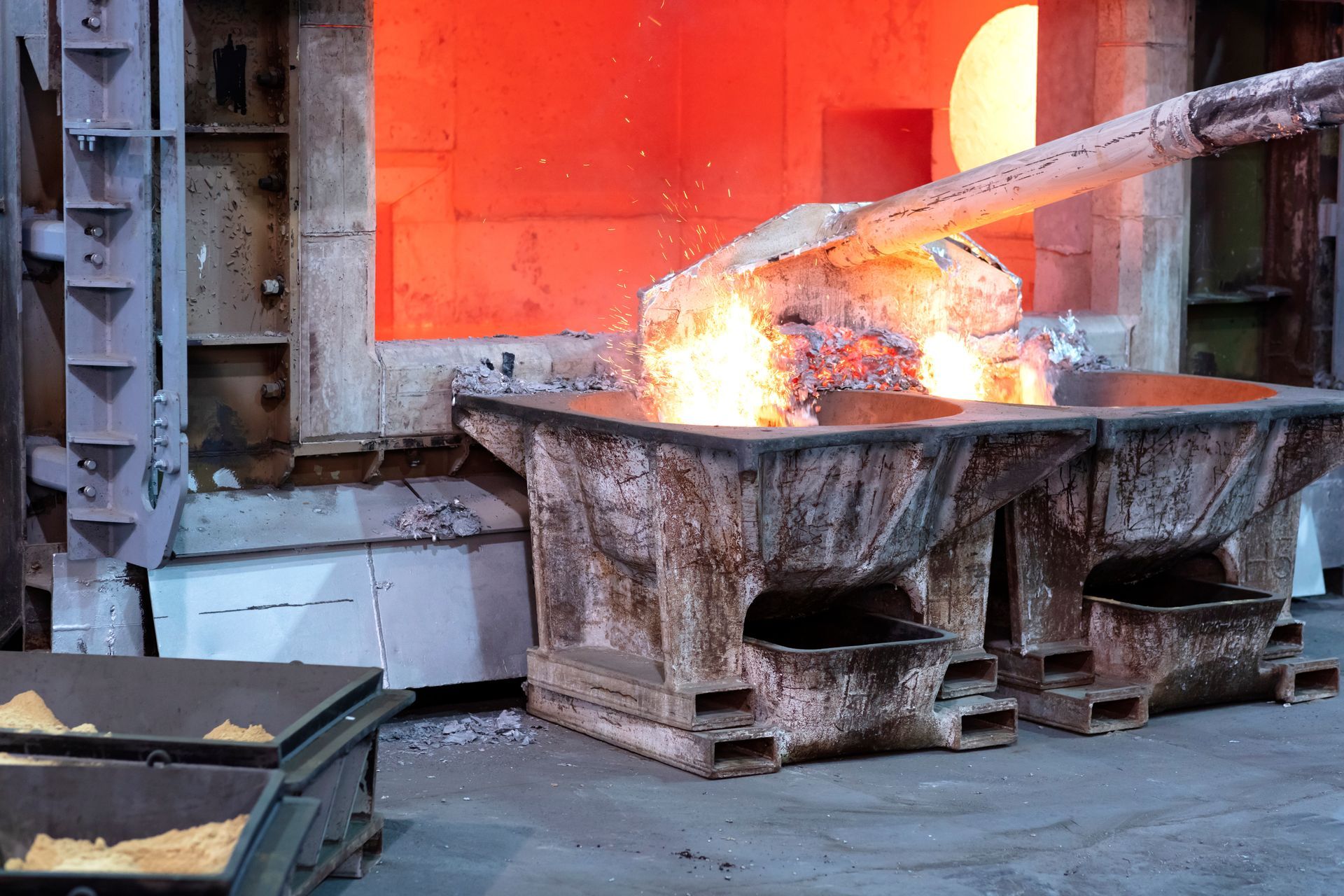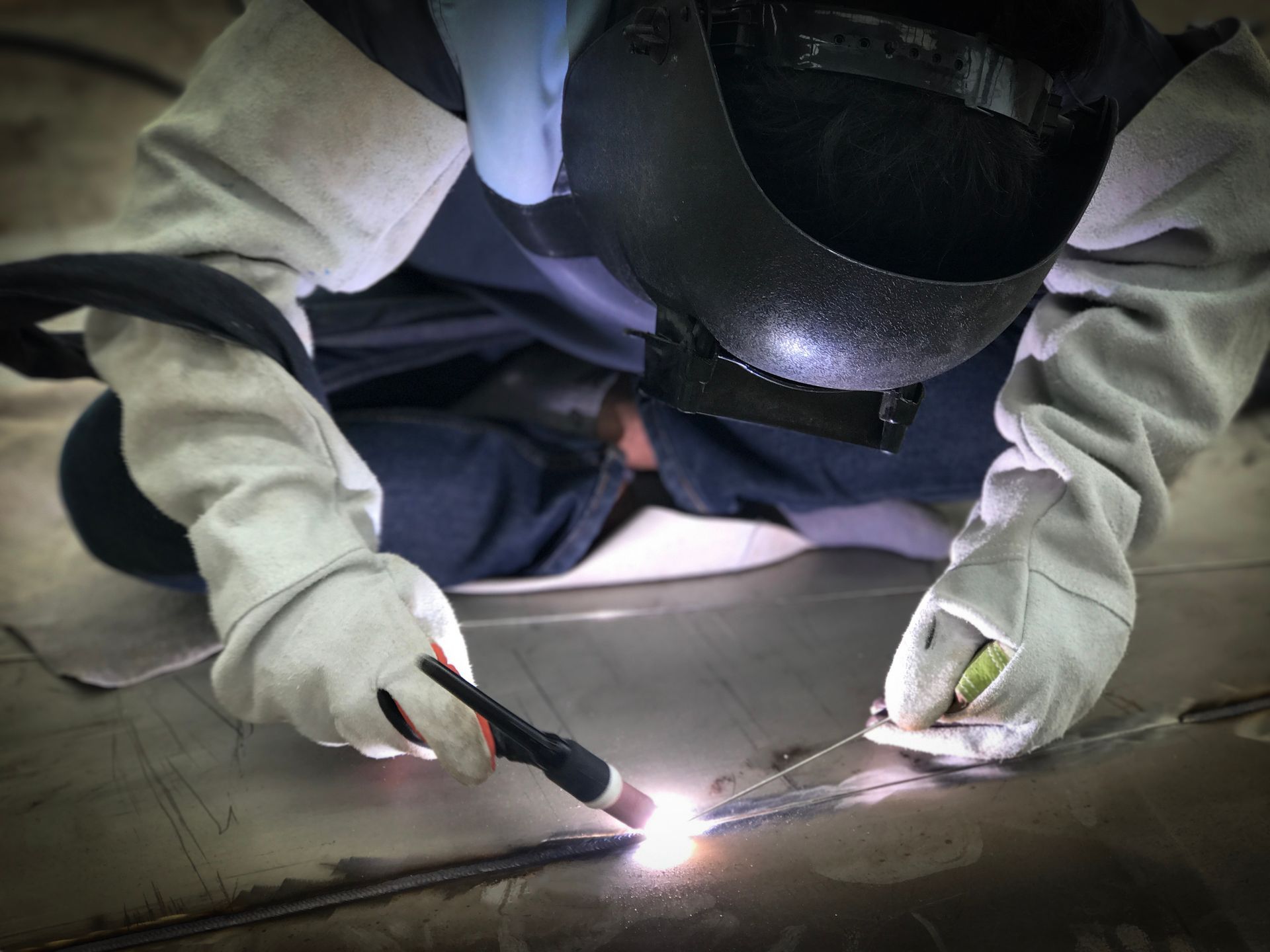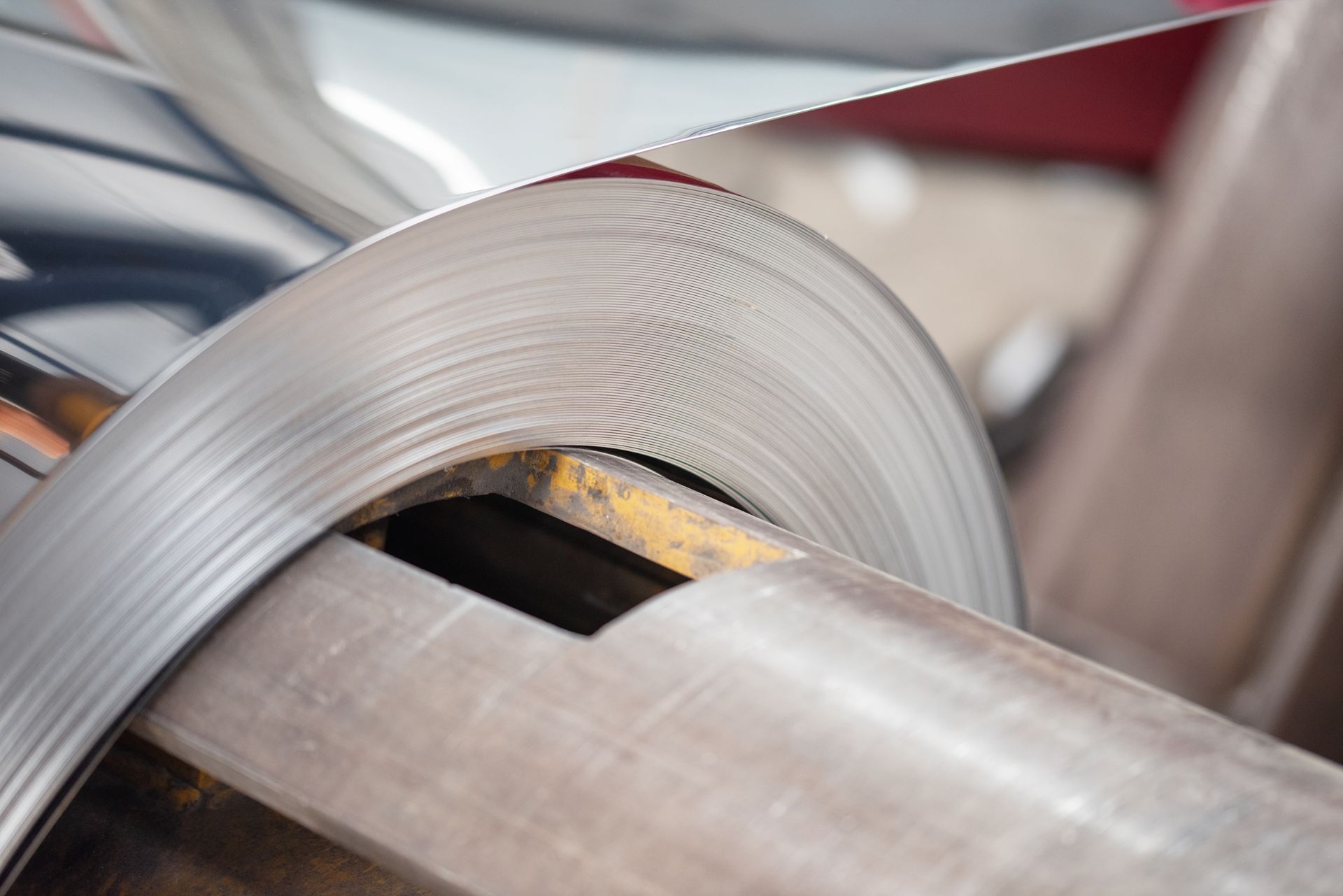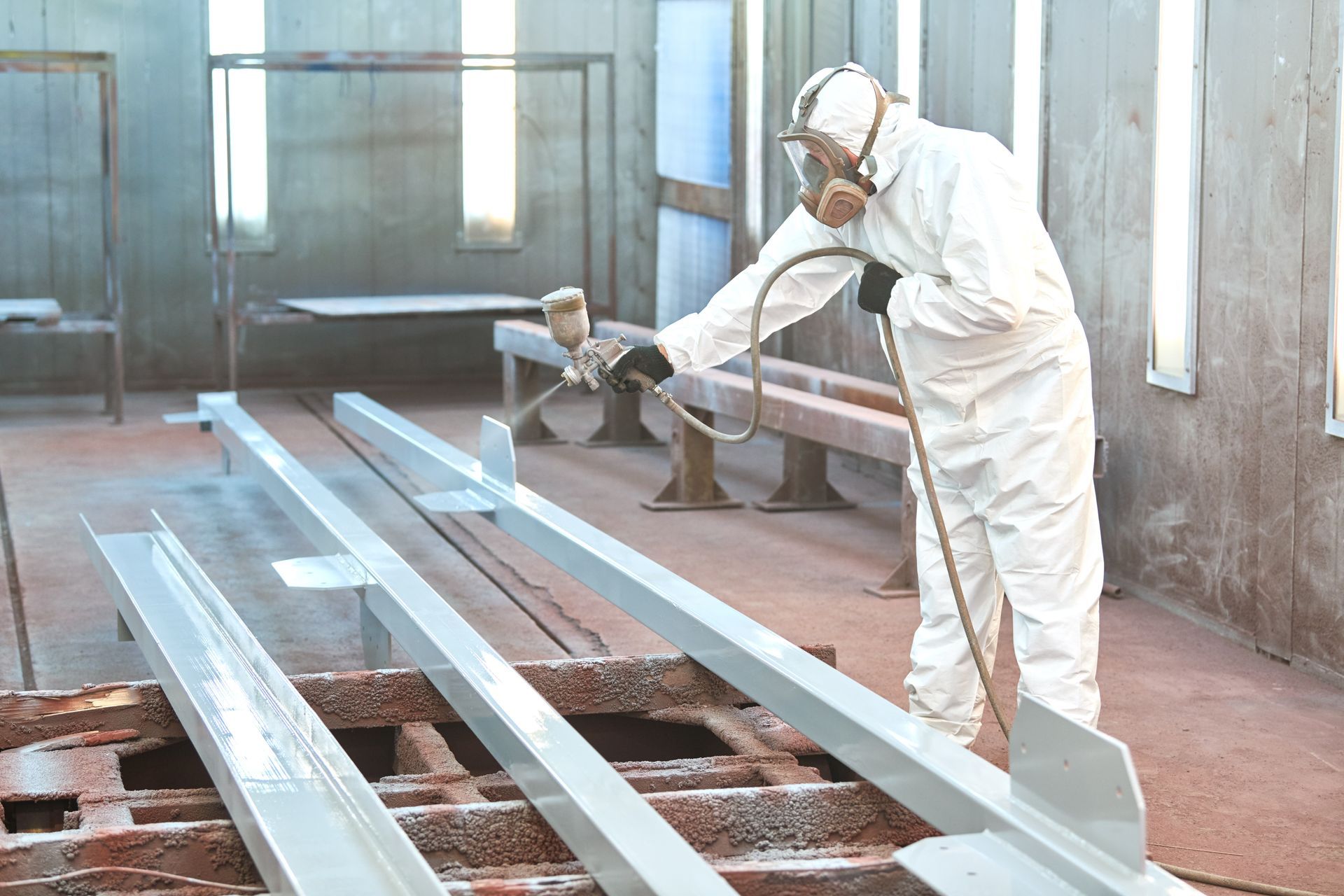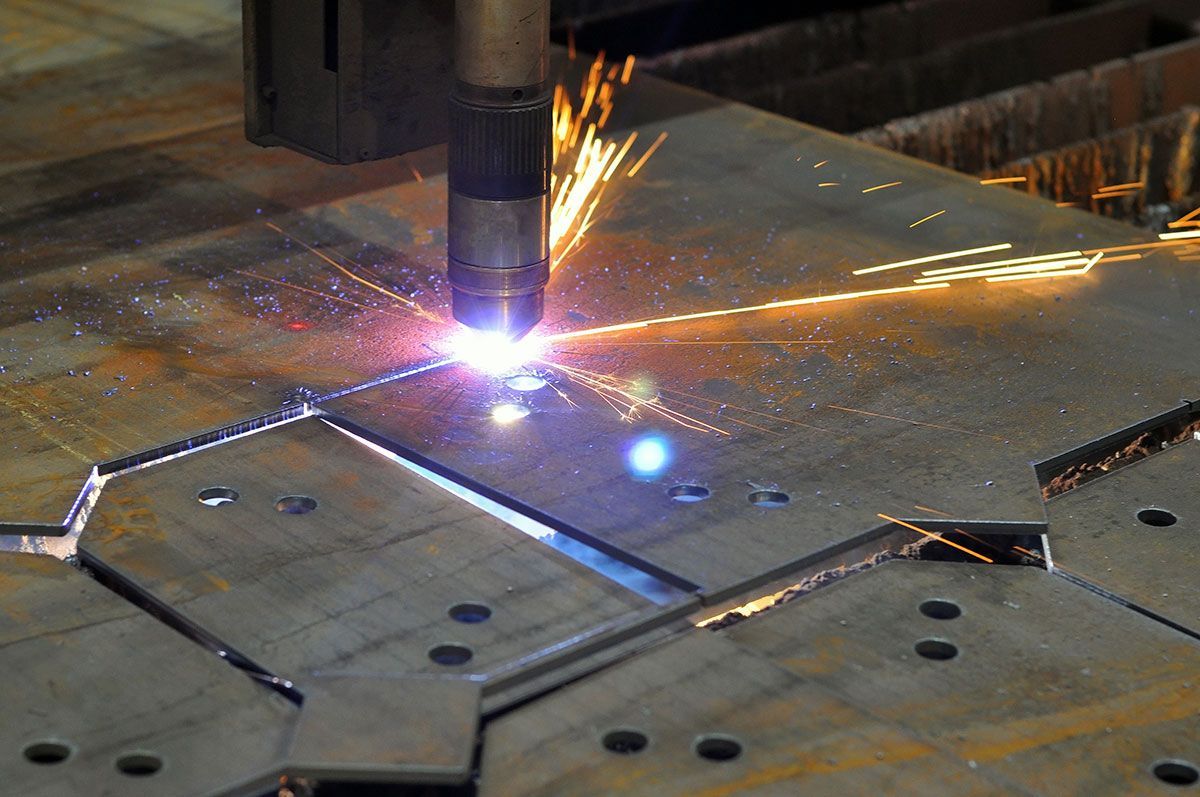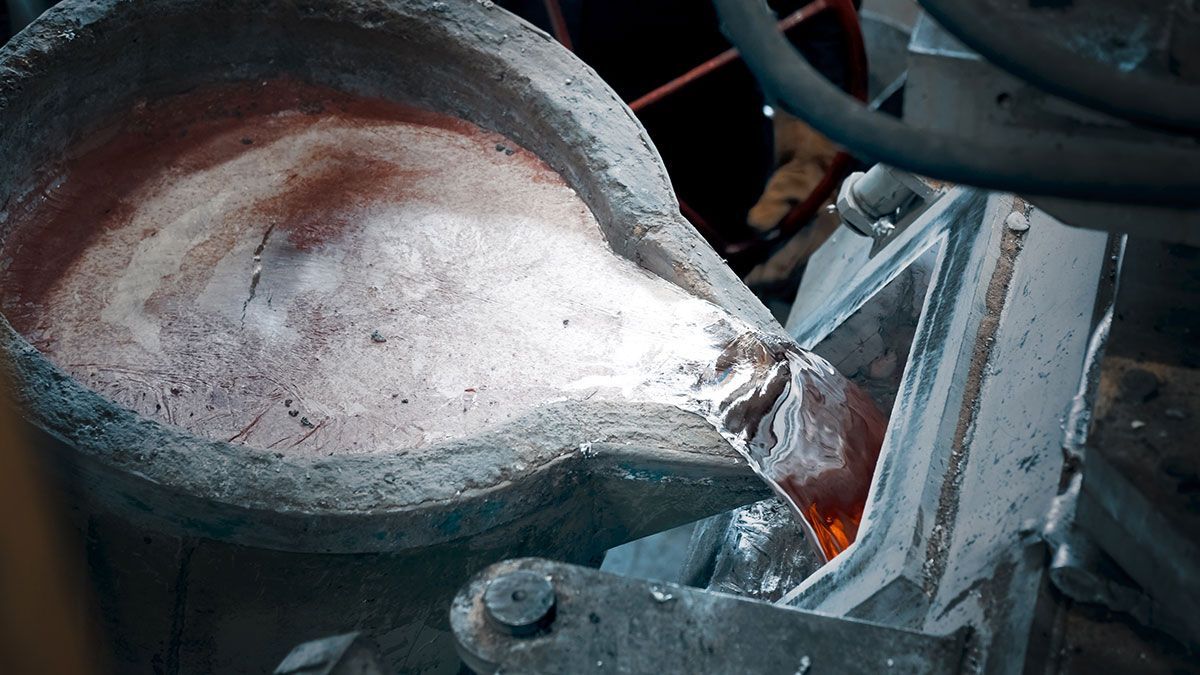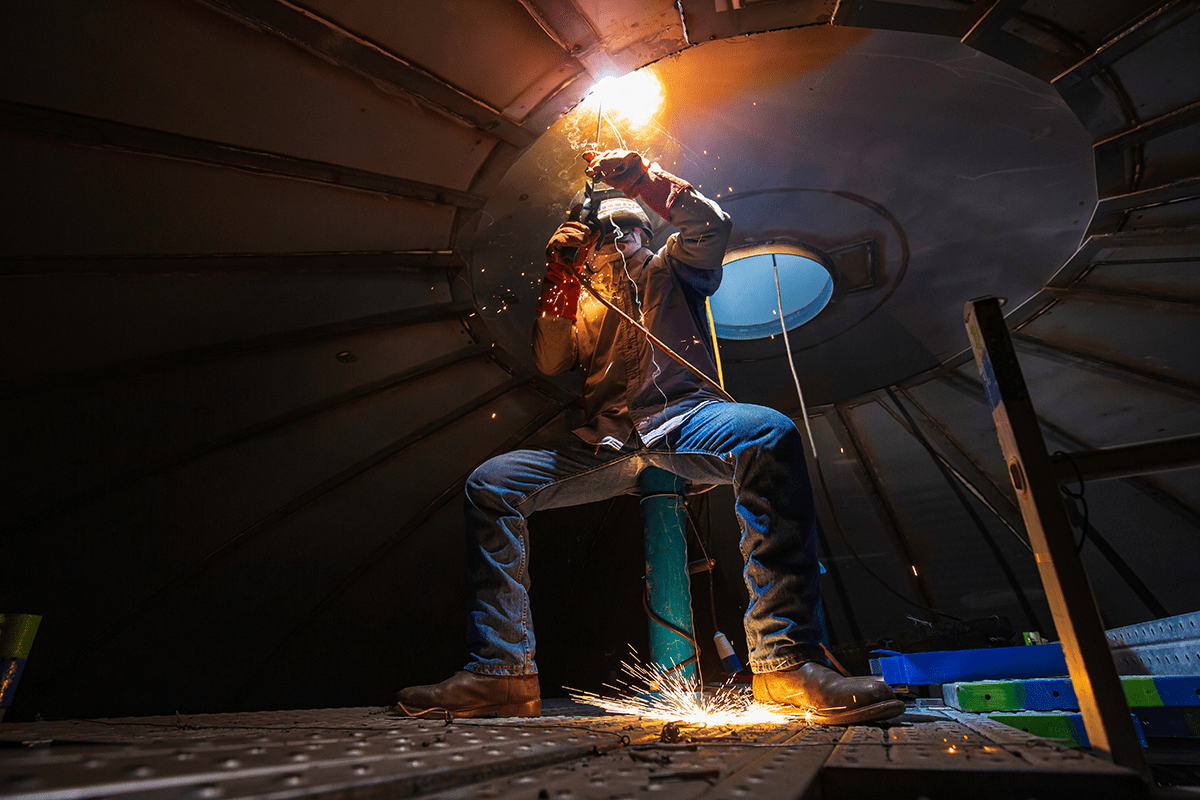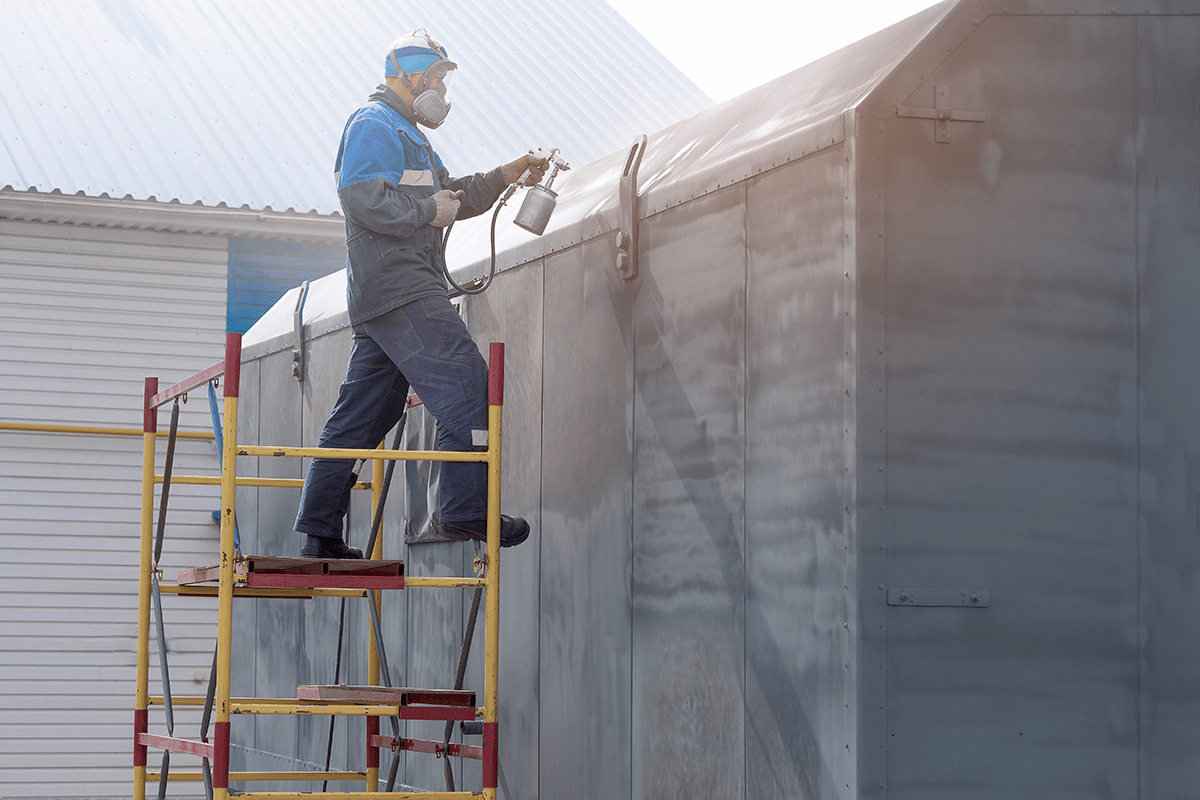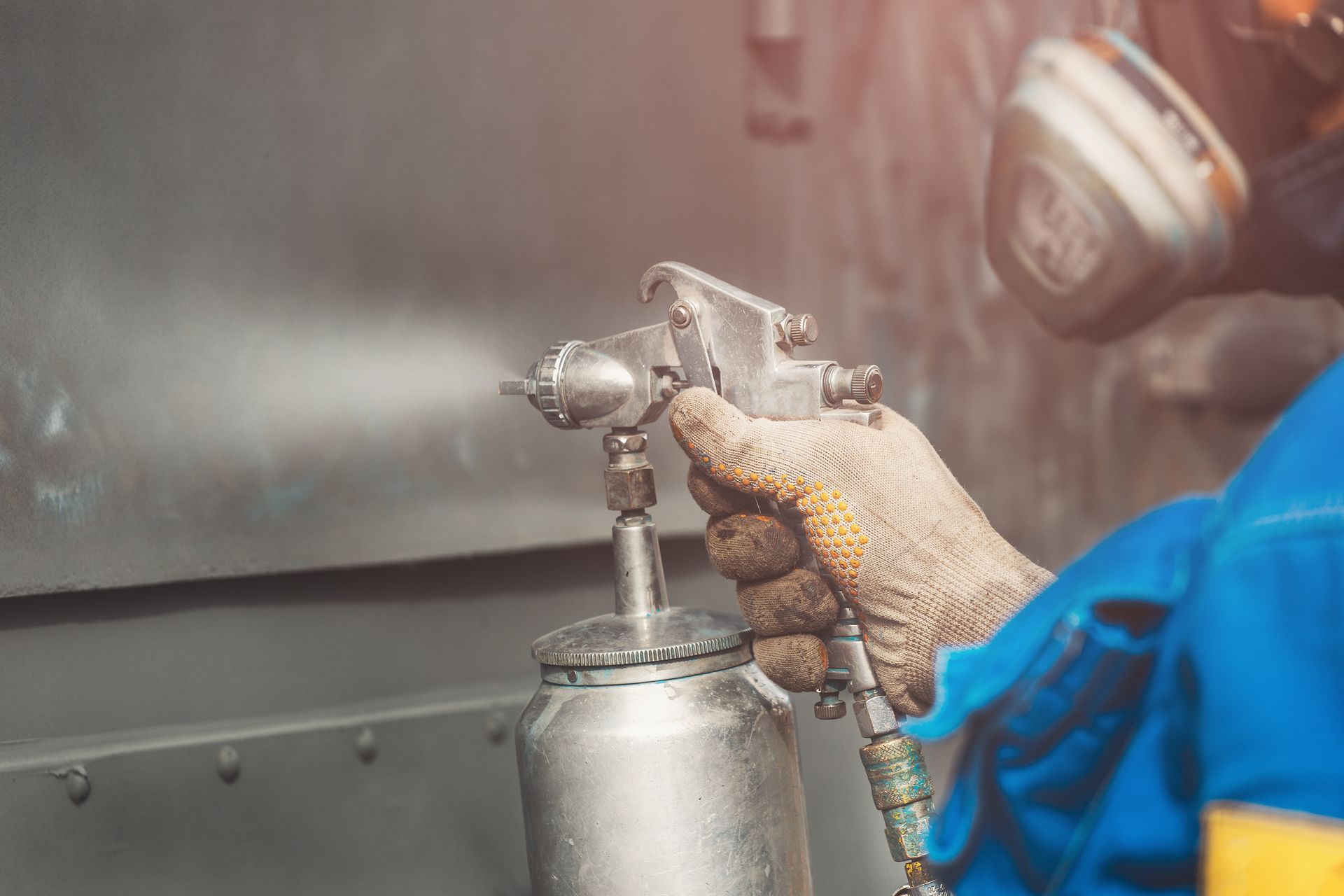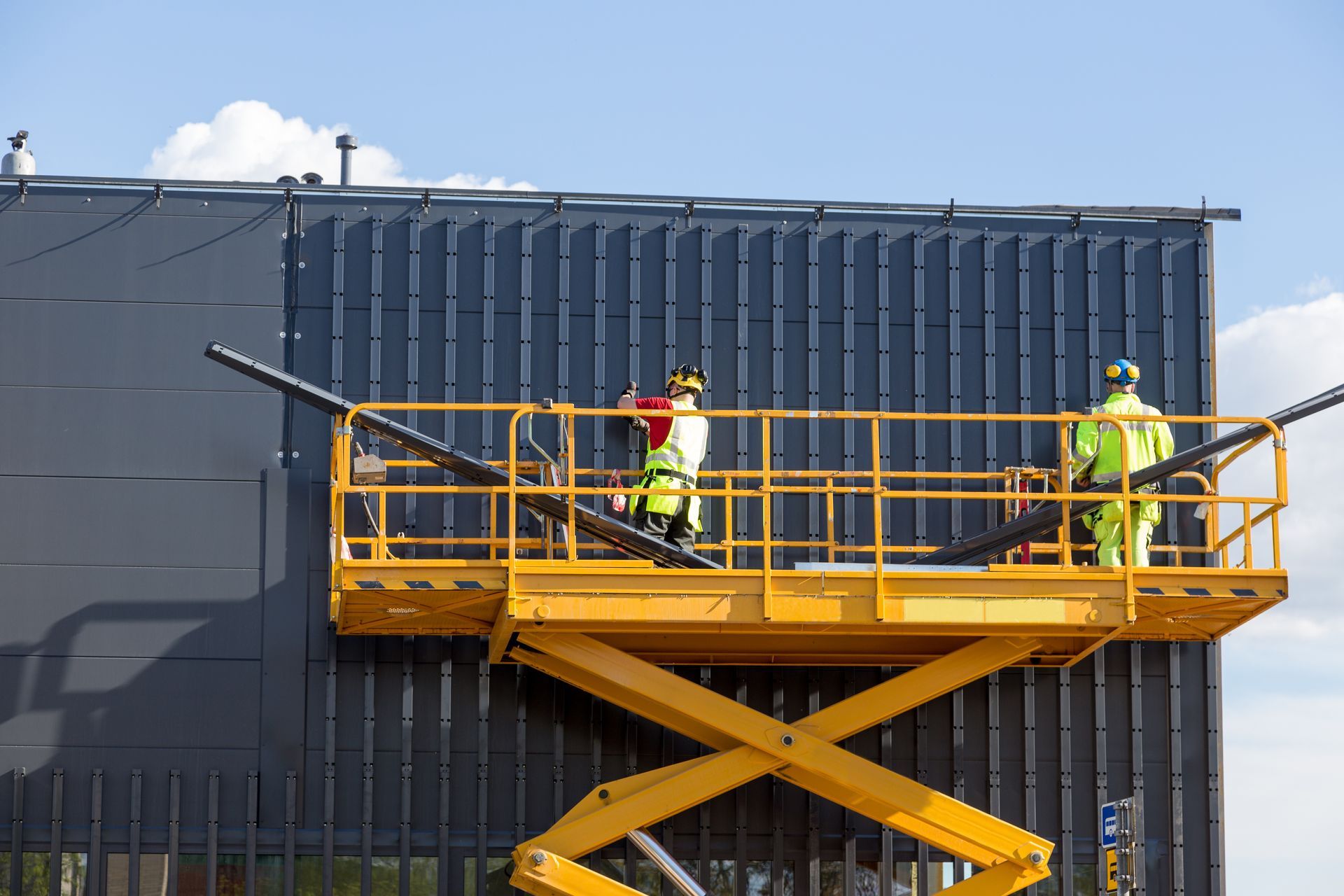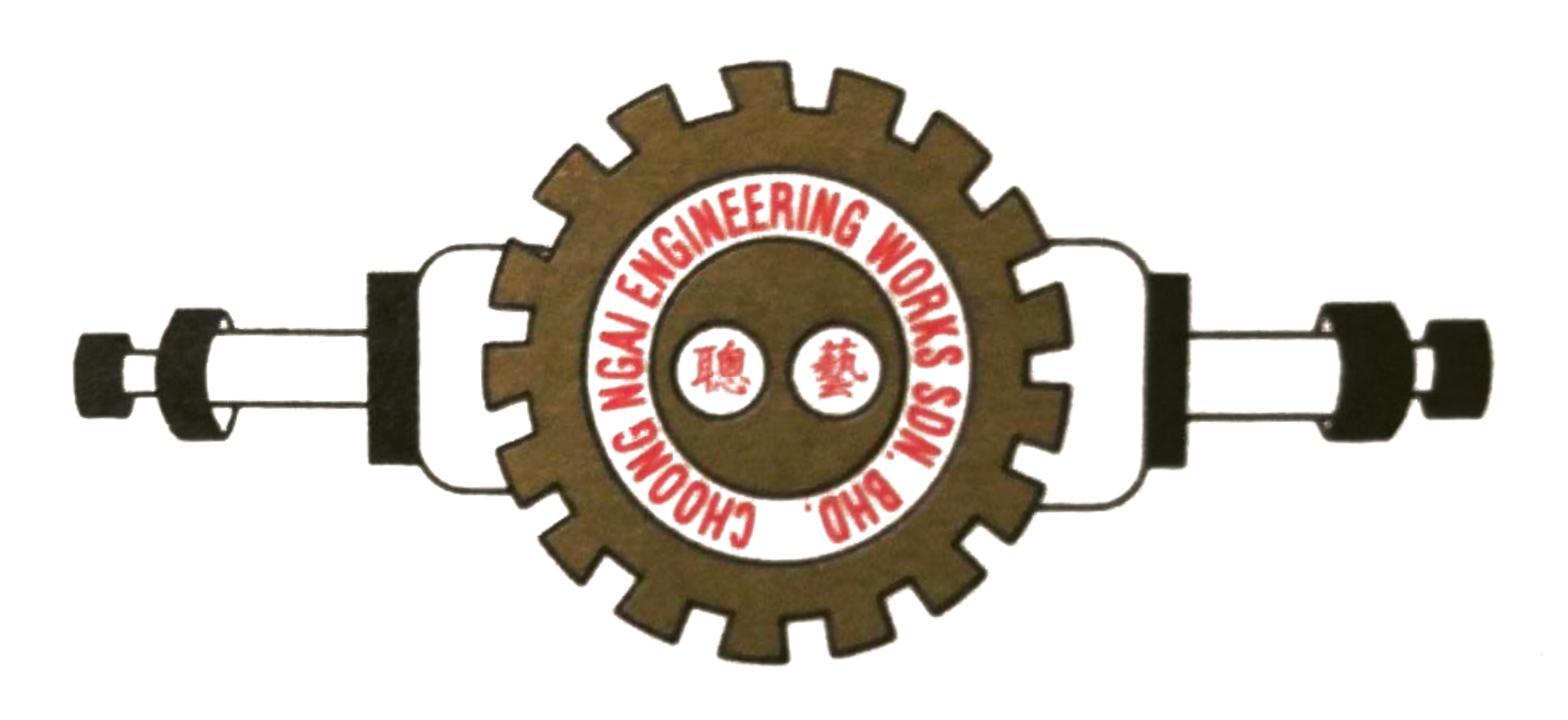All You Need To Know About Screw Conveyors
Screw conveyors are one of the most reliable and cost-effective methods for conveying bulk materials. Due to their versatility, screw conveyors can convey a wide variety of bulk materials ranging from dry, free-flowing cement to wet, sluggish dewatered biosolids.
Screw conveyors can be designed to operate in almost any position, from horizontal to vertical. Inclined screw conveyors are also used to convey and elevate bulk materials from one level to another. Depending upon the bulk material and the objective, proper design and construction of a screw conveyor will provide many years of uninterrupted service and productivity.
In this article, we'll discuss all about the function of a screw conveyor, the different types of screw conveyors available in the market as well as where to
find the best screw conveyor fabricator in Malaysia.
What is the function of screw conveyor?
A screw conveyor is a mechanism that uses a rotating helical screw that is installed within a tube or trough, to move liquid or granular materials. They are used in many bulk handling industries. Screw conveyors in modern industry are often used horizontally or at a slight incline as an efficient way to move semi-solid materials, including food waste, wood chips, aggregates, cereal grains, animal feed, boiler ash, meat and bone meal, municipal solid waste, and many others.
They usually consist of a trough or tube containing either a spiral blade coiled around a shaft, driven at one end and held at the other called a solid shaft screw. Other types are open helix or shaftless screws driven at one end and free at the other. The rate of volume transfer is proportional to the rotation rate of the shaft. In industrial control applications the device is often used as a variable rate feeder by varying the rotation rate of the shaft to deliver a measured rate or quantity of material into a process.
When space allows, utilizing an inclined screw conveyor is a very economical method of elevating and conveying materials. As the angle of inclination increases, the capacity of a given unit rapidly decreases. The general rule of thumb is 45 degrees or less, otherwise the material will end up falling backwards and not conveying to the intended destination.
What are the different types of screw conveyors?
a) Shaftless screw conveyors
Bulk materials discharged from centrifuges, filter presses or mixers can easily be conveyed using a shaftless screw conveyor. Its shaftless design provides a non-clogging conveying surface that allows difficult-to-convey materials to become easy-to-convey. It is one of the best solutions for handling bulk materials with high moisture content.
Advantages of shaftless screw conveyors include:
- Ideal for handling sticky and sluggish bulk materials
- Improved conveying efficiency when compared to other types of conveyors
- Allows greater flexibility for plant layout due to configurations available
- Internal bearings are eliminated
b) Horizontal and inclined screw conveyors
Horizontal and inclined screw conveyors are the most widely used type of screw conveyor. Used to convey bulk materials from one part of a process to another, horizontal screw conveyors are available in a wide range of sizes, lengths, configurations and materials of construction.
The design of transportation can be either pushing or pulling depending on the situation and the type of material.
The advantages of using horizontal or inclined screw conveyors include:
- Ideal for conveying dry to semi-fluid bulk materials – free flowing to sluggish
- Cost-effective when compared to other conveying devices such as belt, pneumatic or aeromechanical
- Efficiently distributes bulk materials to various locations using multiple inlet and discharge points
- Totally enclosed for dusty, corrosive or hazardous environments
c) Vertical screw conveyors
Vertical screw conveyors have a special design and are specially made for inclinations of 30 to 90 degree.
The advantages of Vertical Screw Conveyors include:
- Ideal for handling dry to semi-fluid materials.
- Capacities up to 6,000 cubic feet per hour.
- Ability to elevate bulk materials up to 30-feet without use of internal bearings.
- Totally enclosed design for dust and vapor-tight requirements.
Looking for an screw conveyor fabricator? Try Choong Ngai Engineering
With Choong Ngai Engineering's veteran technicians and engineers, we can provide a start-to-end manufacturing and troubleshooting process of fabricating your screw conveyors.
Most importantly, we'll work alongside you and your team to understand and define your exact requirements, and this process ensures that we provide the best solution to your unique maintenance requirements.
With our custom fabrication equipment and technique, we've been servicing happy customers for over 20 years. Learn more about our services and previous projects on our website or
contact us at
https://www.choongngaiengineering.com/
